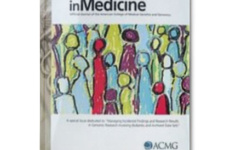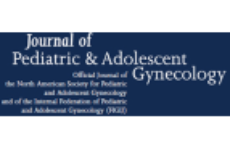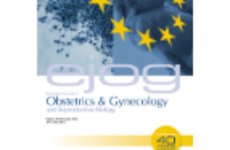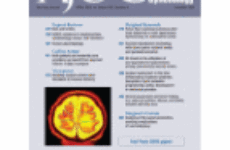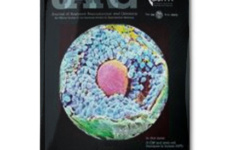 Non-classic congenital adrenal hyperplasia (NCAH) is a relatively common disorder regardless of ethnicity, but most cases are never diagnosed, especially in males. A baseline 17-hydroxyprogesterone measurement may be used for screening, but 17-hydroxyprogesterone measurement after ACTH-stimulation is the gold standard.
Non-classic congenital adrenal hyperplasia (NCAH) is a relatively common disorder regardless of ethnicity, but most cases are never diagnosed, especially in males. A baseline 17-hydroxyprogesterone measurement may be used for screening, but 17-hydroxyprogesterone measurement after ACTH-stimulation is the gold standard.
We advocate a CYP21A2 mutation analysis to verify the diagnosis, for genetic counselling and for better prognostic and treatment guidance. Most patients are diagnosed in adolescence and adult life with hirsutism, acne, a PCOS-like picture and fertility issues.
Many men with NCAH never seek medical attention and escape diagnosis. Although treatment is somewhat controversial, an early diagnosis and start of treatment may have positive implications on growth and be relevant for preventing and ameliorating the symptoms and consequences of androgen excess that develop over time, including fertility issues.
Long-term treatment with glucocorticoids will improve the androgen symptoms but may result in long-term complications, such as obesity, insulin resistance, hypertension, osteoporosis and fractures.
The glucocorticoid doses should be kept low. However, complications seen in NCAH, assumed to be caused by the glucocorticoid treatment, may also be associated with long-term androgen exposure. Oral contraceptive pills is a common treatment option for young females with NCAH.
Regular clinical monitoring to improve the clinical outcome is recommended. It is important to acknowledge that glucocorticoid treatment will lead to secondary cortisol insufficiency and the need for stress dosing.
Studies focusing on the specific difficulties patients with NCAH face, both those with a late clinical diagnosis and those with a neonatal diagnosis obtained by screening, are warranted.
Anna Nordenstrom, Henrik Falhammar
European Journal of Endocrinology 2018 December 1



